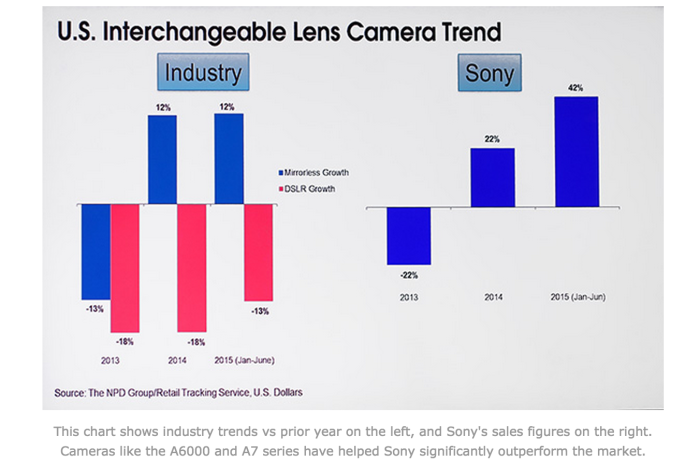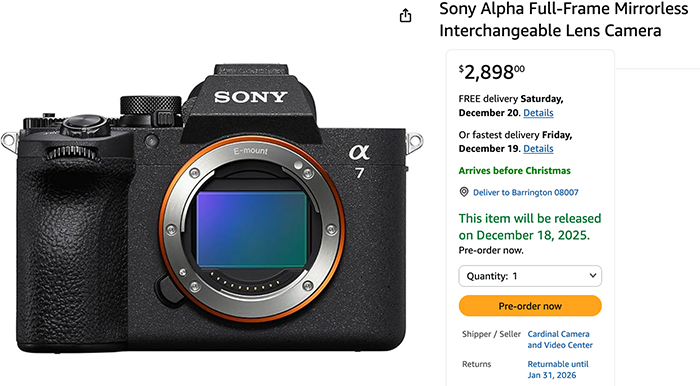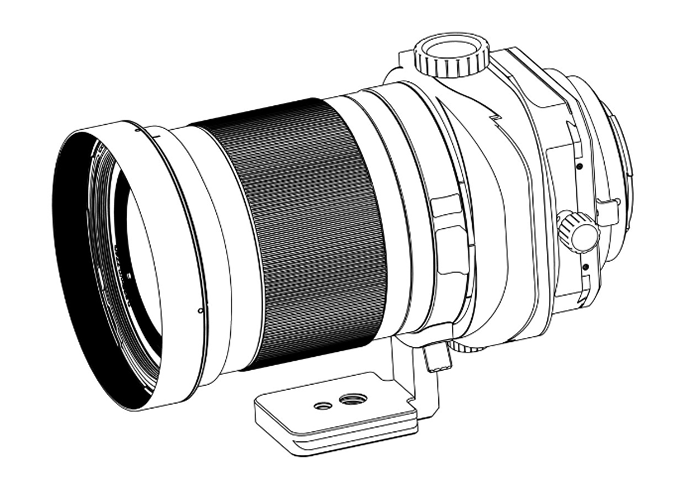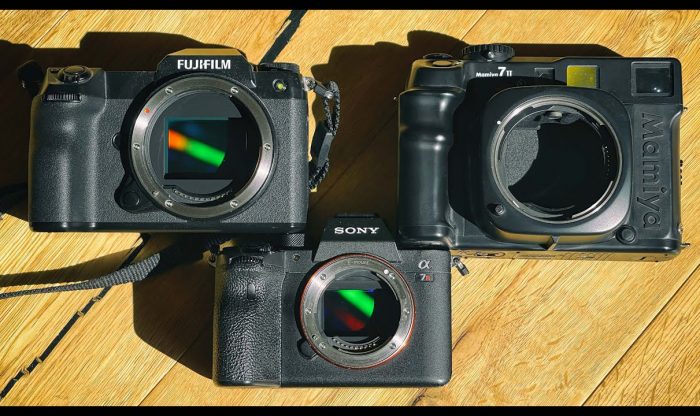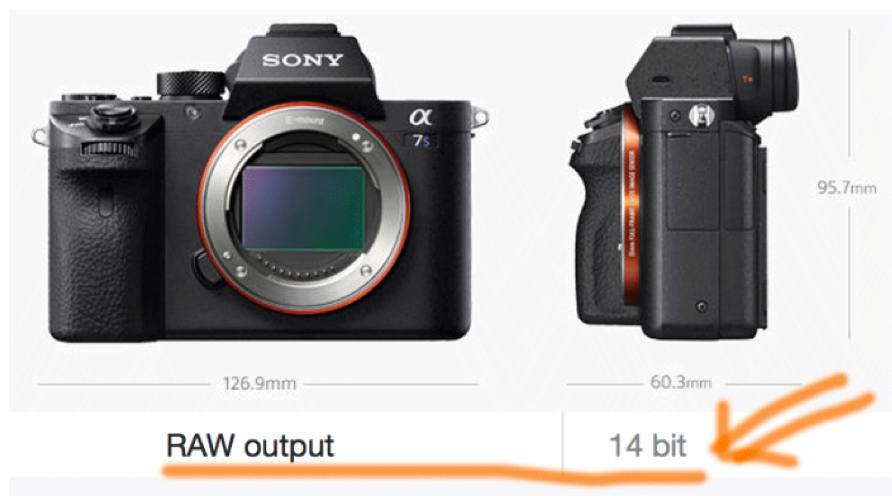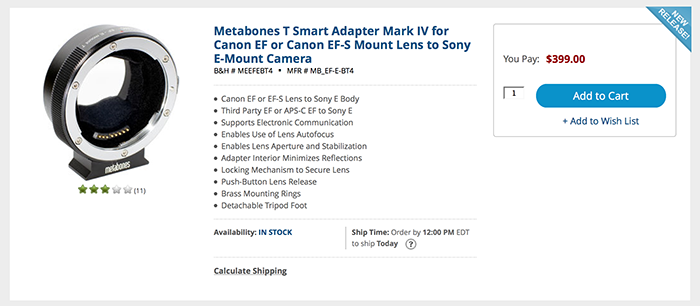
Metabones just sent me the following press text:
Vancouver, Canada, September 18, 2015: Metabones® adds phase-detect autofocus (PDAF) support for Olympus OM-D E-M1 and Sony Alpha 7R2 to its EF-mount Speed Boosters and Smart Adapters through firmware update version 1.8, available from Metabones’ web site for download.
Free of any potential misalignment issues, on-sensor phase-detect autofocus is capable of attaining excellent accuracy. Overall, phase-detect autofocus offers a significant performance improvement over contrast-detect autofocus, and for shorter focal length lenses the autofocus speed approaches that found in digital single-lens reflex (DSLR) cameras. Performance, features and limitations of our solution are comparable to other on-sensor PDAF systems involving adapted DSLR lenses on mirrorless cameras, such as A-mount lenses on Sony Alpha 7R2 with LA-EA3 adapter, Four Thirds System DSLR lens on Olympus OM-D E-M1 with MMF-3 adapter or Canon SLR lens on EOS M3 with Mount Adapter EF-EOS M.
Limitations include:
- During video recording there is no AF (Olympus) or only slow contrast-detect AF (Sony).
- Continuous AF may have unsatisfactory performance (phase-detect AF) or not supported (contrast-detect AF).
Also added to Metabones firmware update version 1.8 is fast contrast detect AF for other Olympus cameras including E-M5II, E-M5, E-M10 and E-P5. Contrast-detect AF accuracy on Olympus is lens-dependent with most Canon-brand lenses introduced over the last 10 years working satisfactorily. However, some older Canon lenses and some third party EF-mount lenses may not be able to achieve pinpoint-accurate focus on Olympus cameras with contrast-detect AF. These lenses should be used on OM-D E-M1 instead.
In addition, AF support for JVC GY-LS300 is added to this new firmware version. Existing Panasonic contrast-detect AF support is enhanced with 24p added as a supported frame rate for single-autofocus (AFS) during video recording.
By simply downloading and running Metabones App Version 1.8, new autofocus support is added to the following Metabones products:
- EF-E Smart Adapter Mark IV (model number MB_EF-E-BM4)
- EF-E Speed Booster ULTRA (model number MB MB_SPEF-E-BM2)
- EF-E T Smart Adapter Mark IV (model number MB_EF-E-BT4)
- EF-E T Speed Booster ULTRA (model number MB_SPEF-E-BT2)
- EF-Micro Four Thirds Smart Adapter (model number MB_EF-M43-BM1)
- EF-Micro Four Thirds Speed Booster (model number MB_SPEF-M43-BM1)
- EF-Micro Four Thirds Speed Booster S (model number MB_SPEF-M43-BM2)
- EF-Micro Four Thirds T Smart Adapter (model number MB_EF-M43-BT2)
- EF-Micro Four Thirds T Speed Booster ULTRA 0.71x (model number MB_SPEF-M43-BT4)
- EF-Micro Four Thirds T Speed Booster XL 0.64x (model number MB_SPEF-M43-BT3)
The following discontinued products must be updated by factory service. Please contact Metabones customer service for details.
- The original EF-E Smart Adapter
- EF-E Smart Adapter Mark II
- EF-E Smart Adapter Mark III
- The original EF-E Speed Booster
